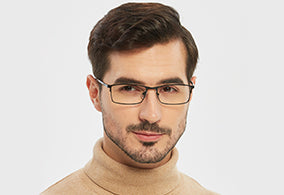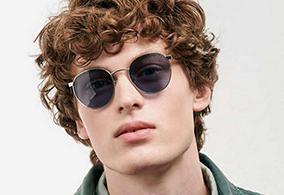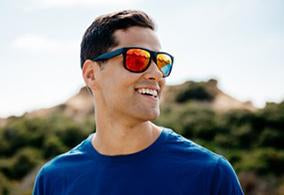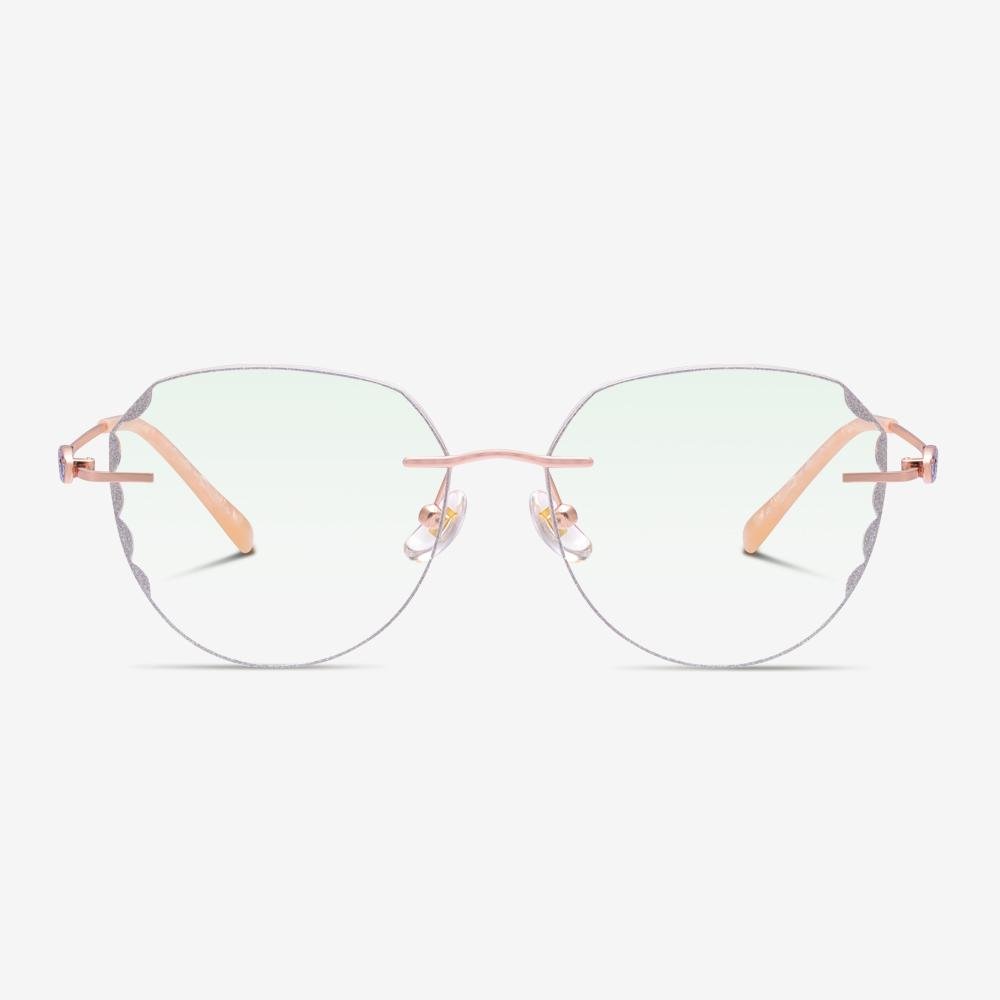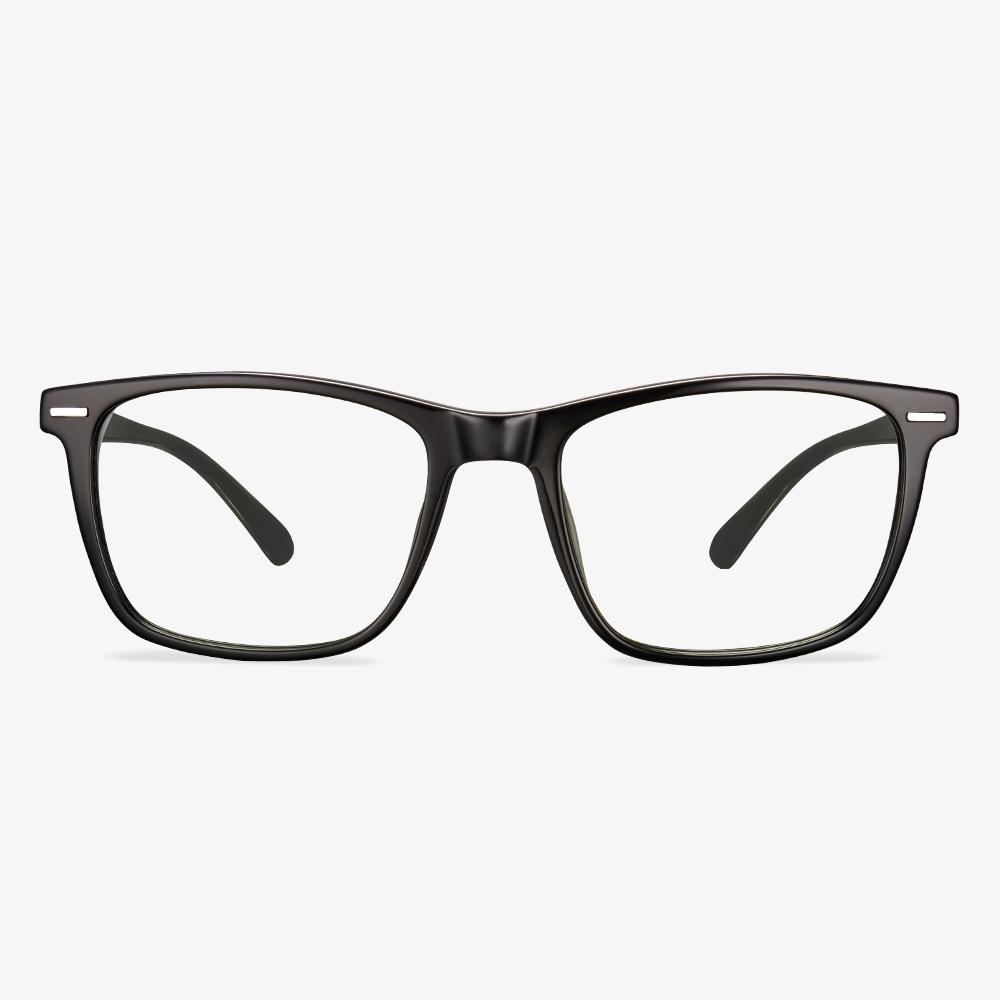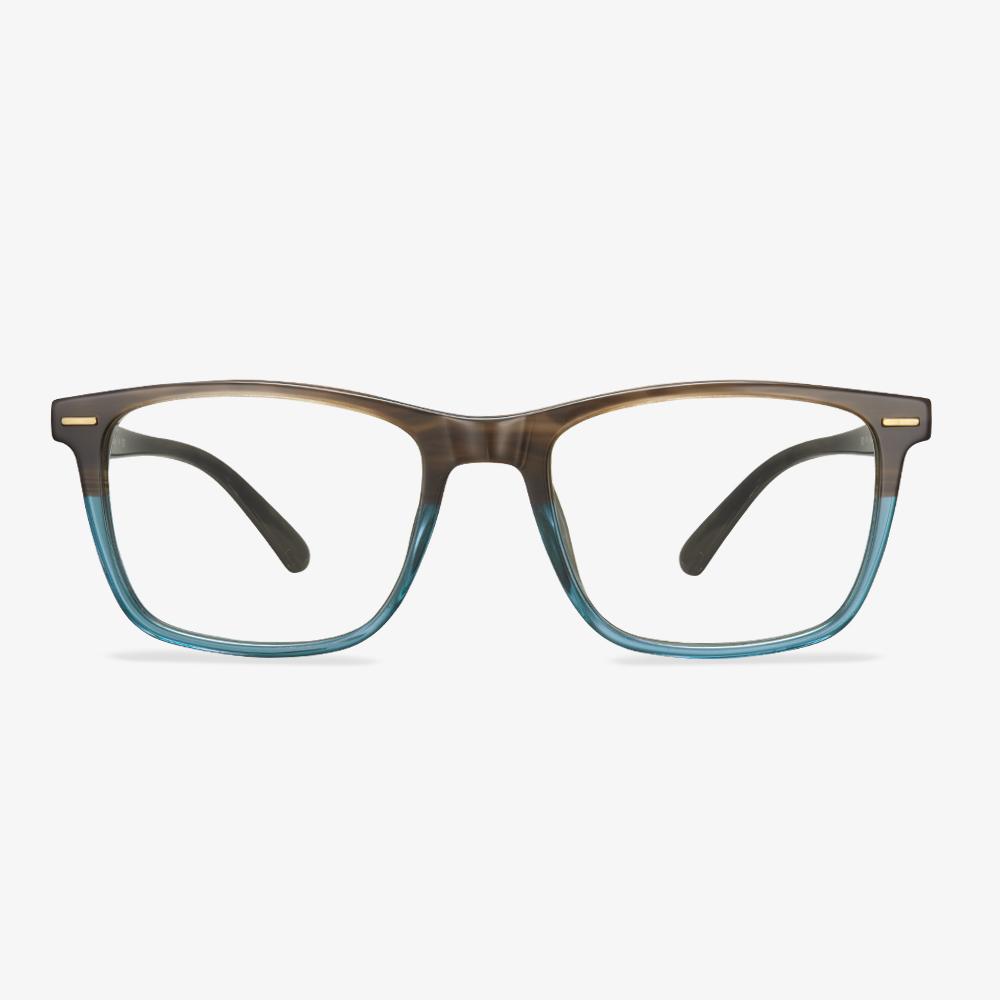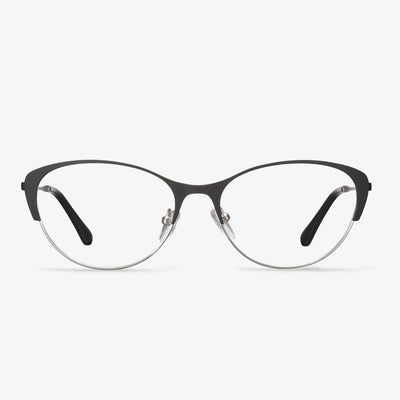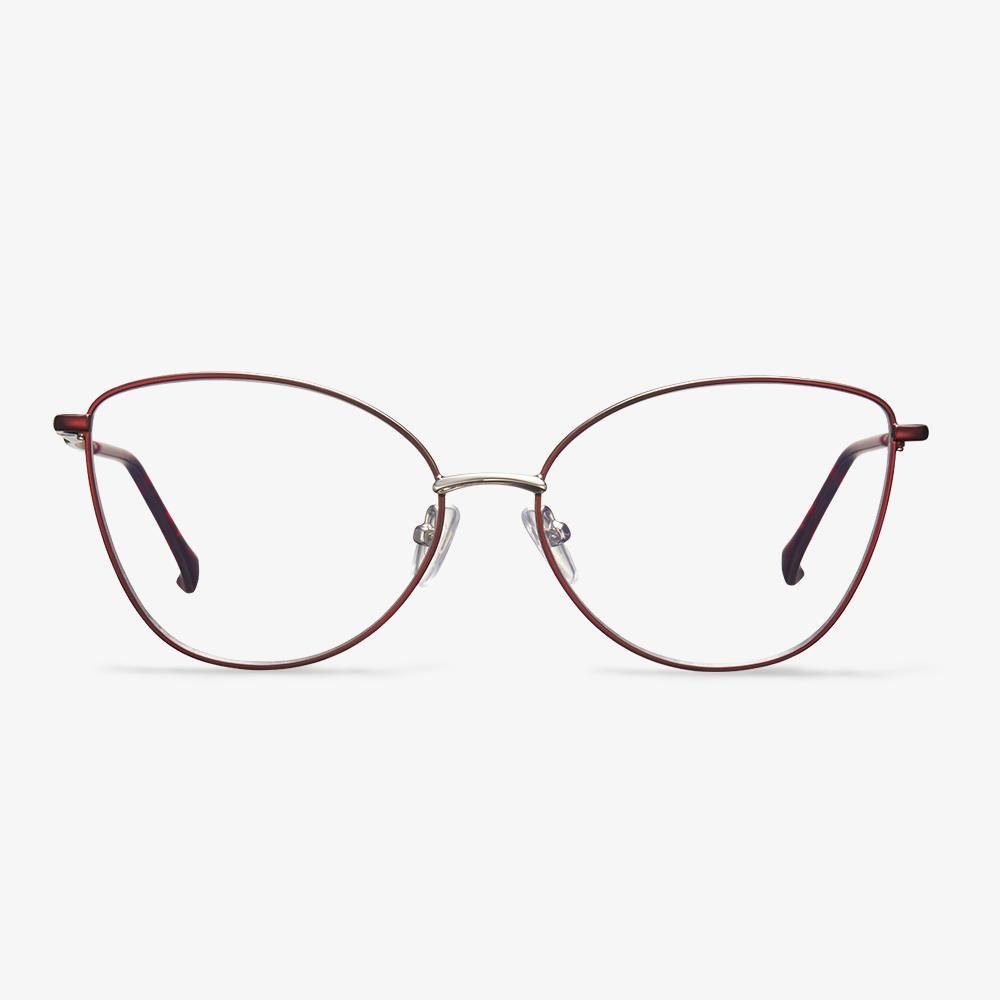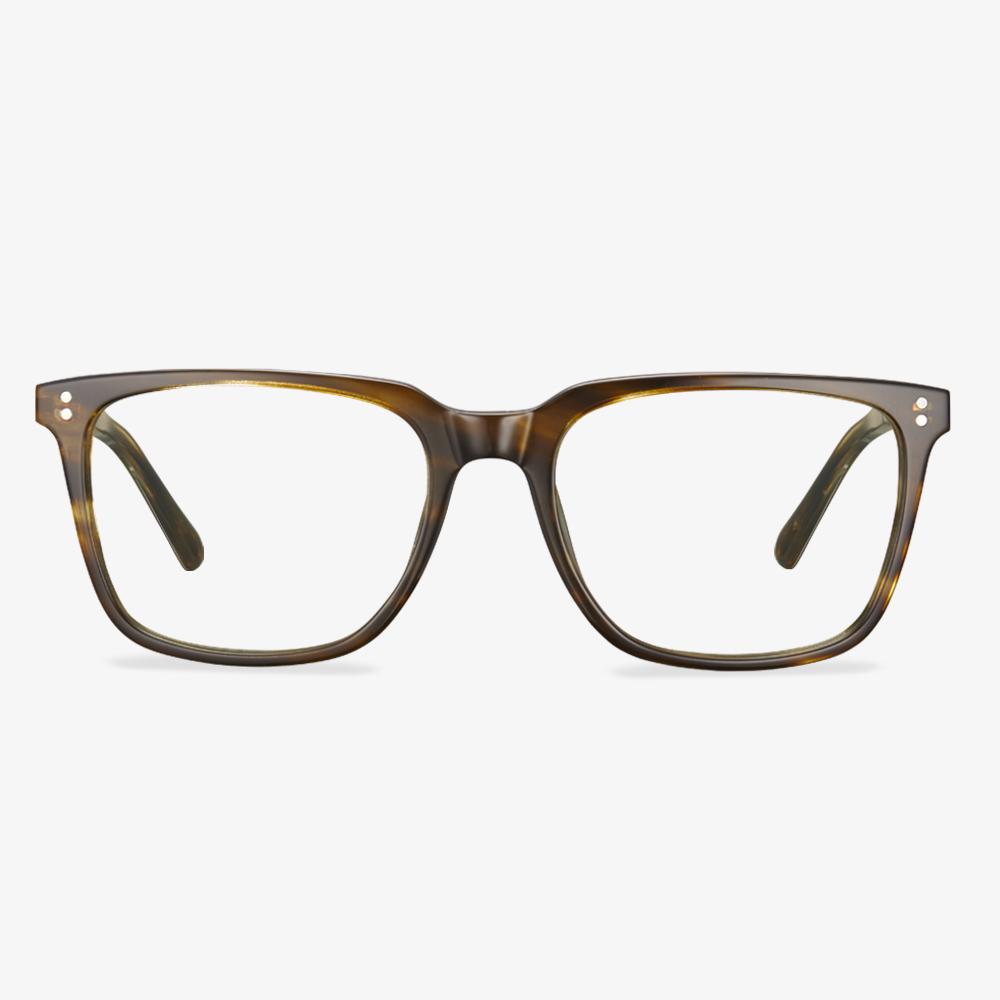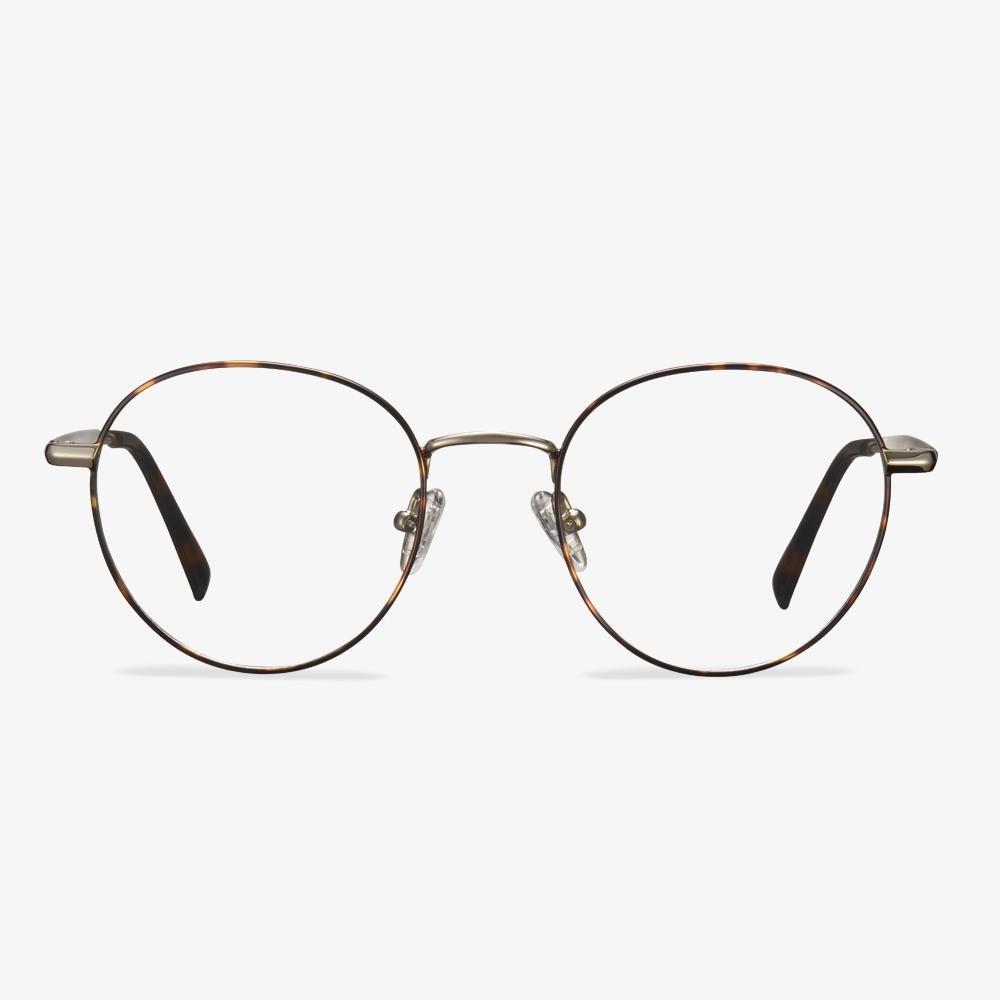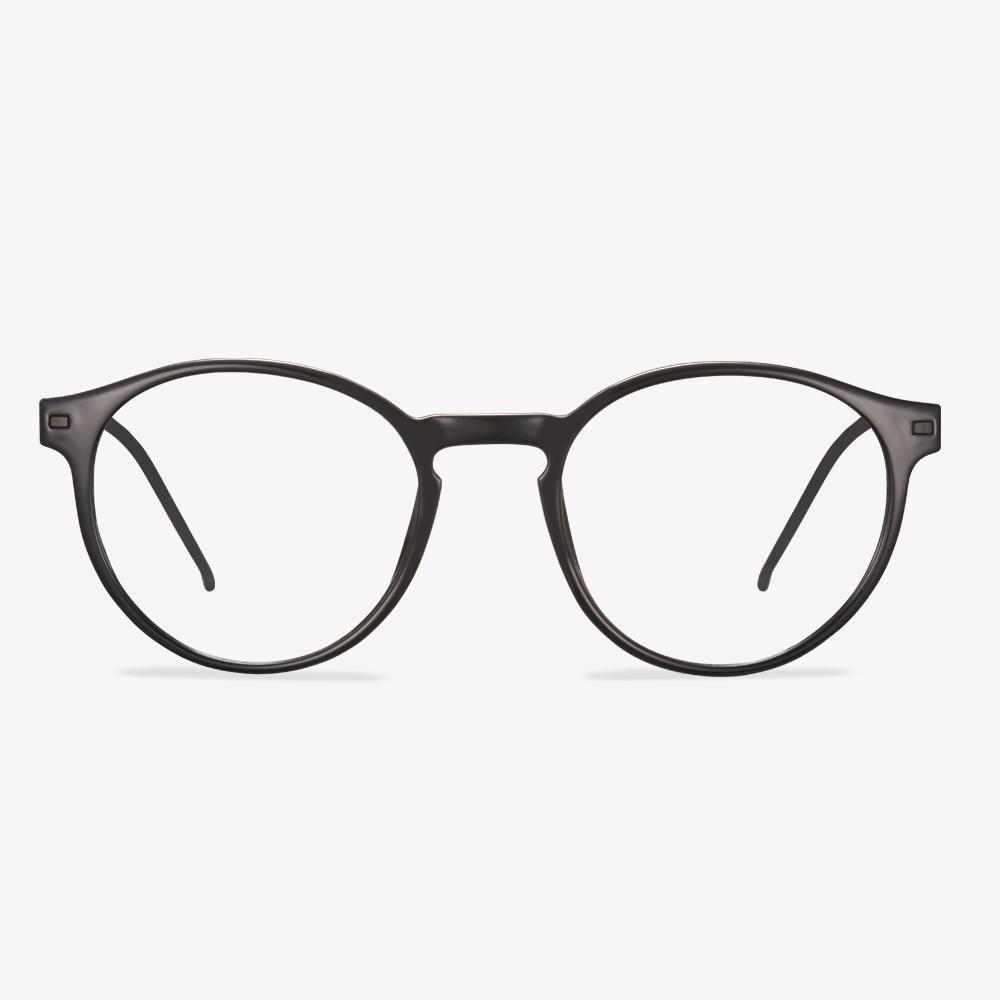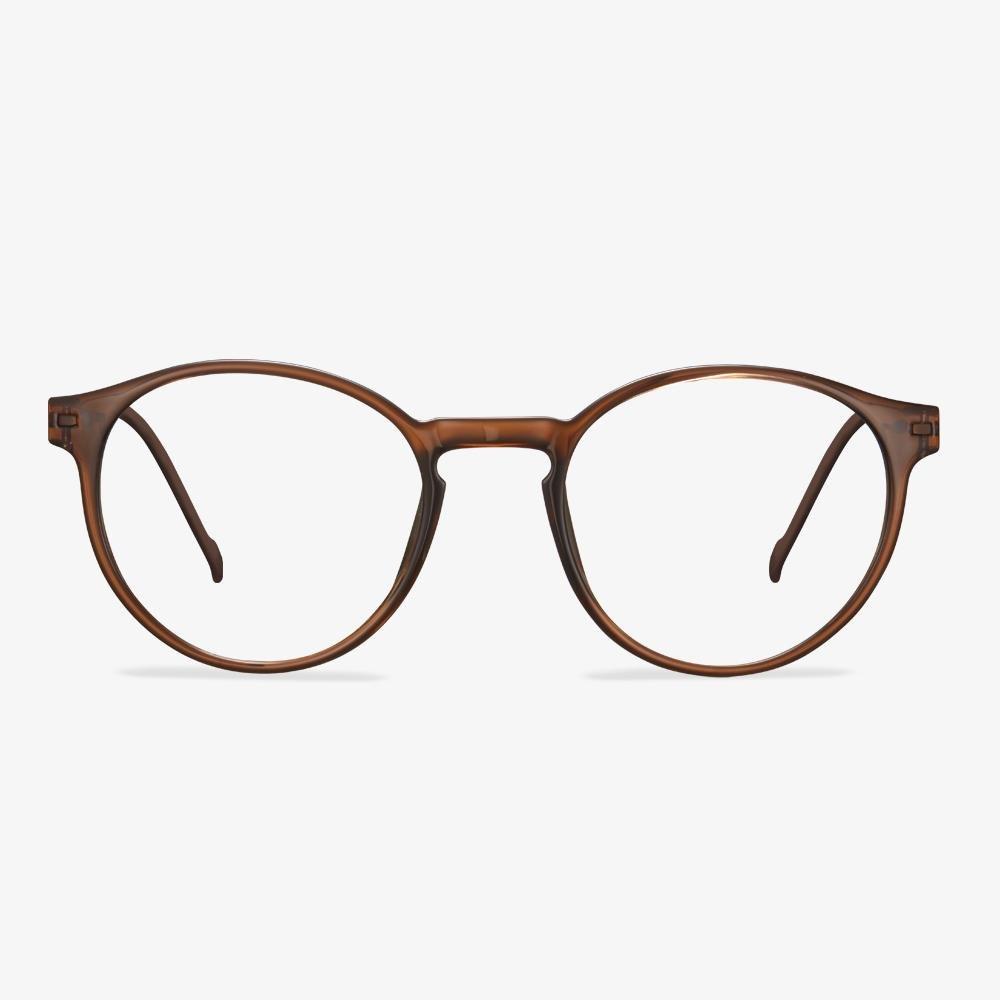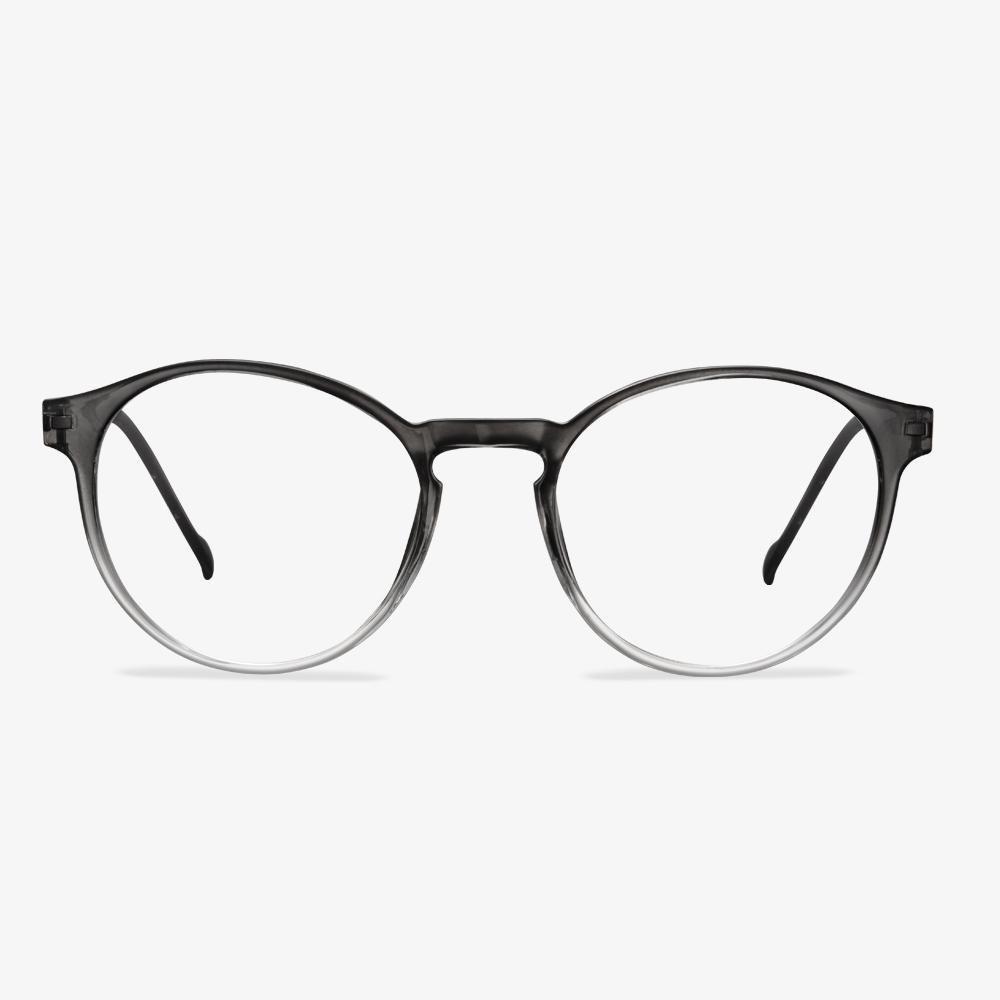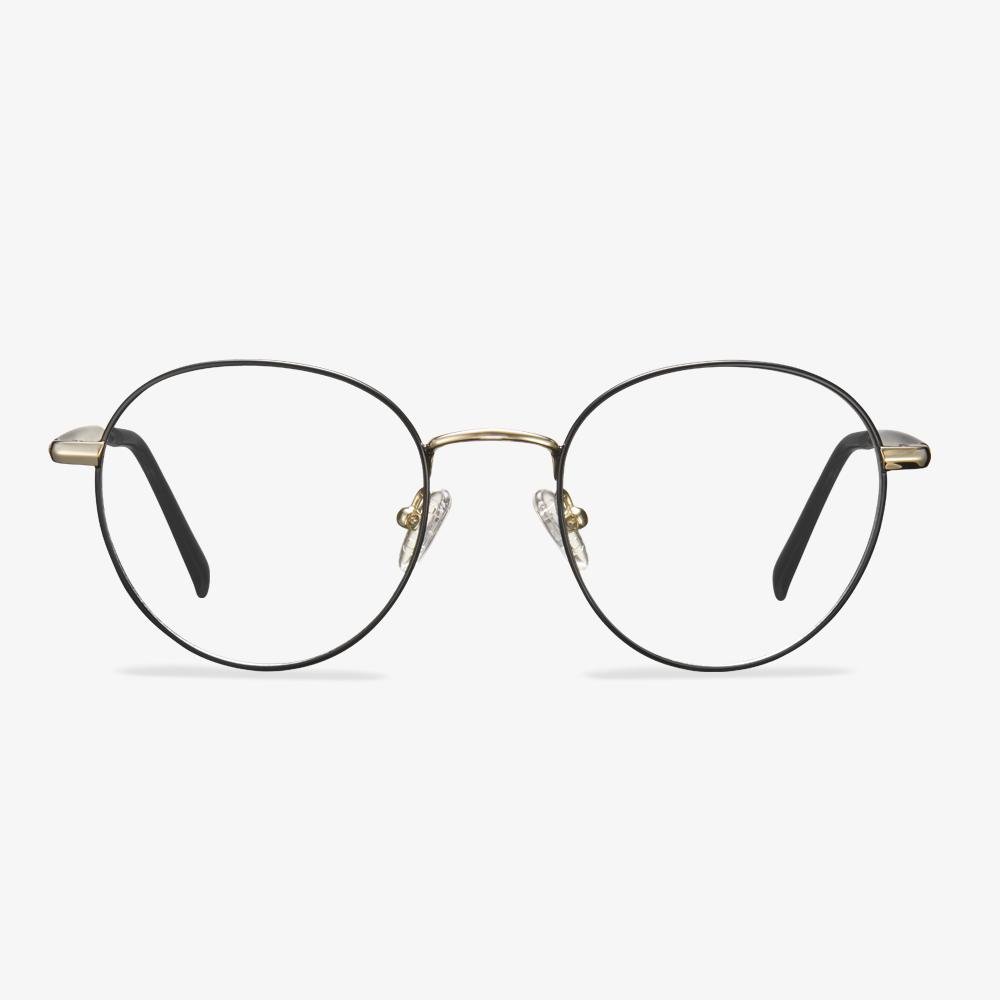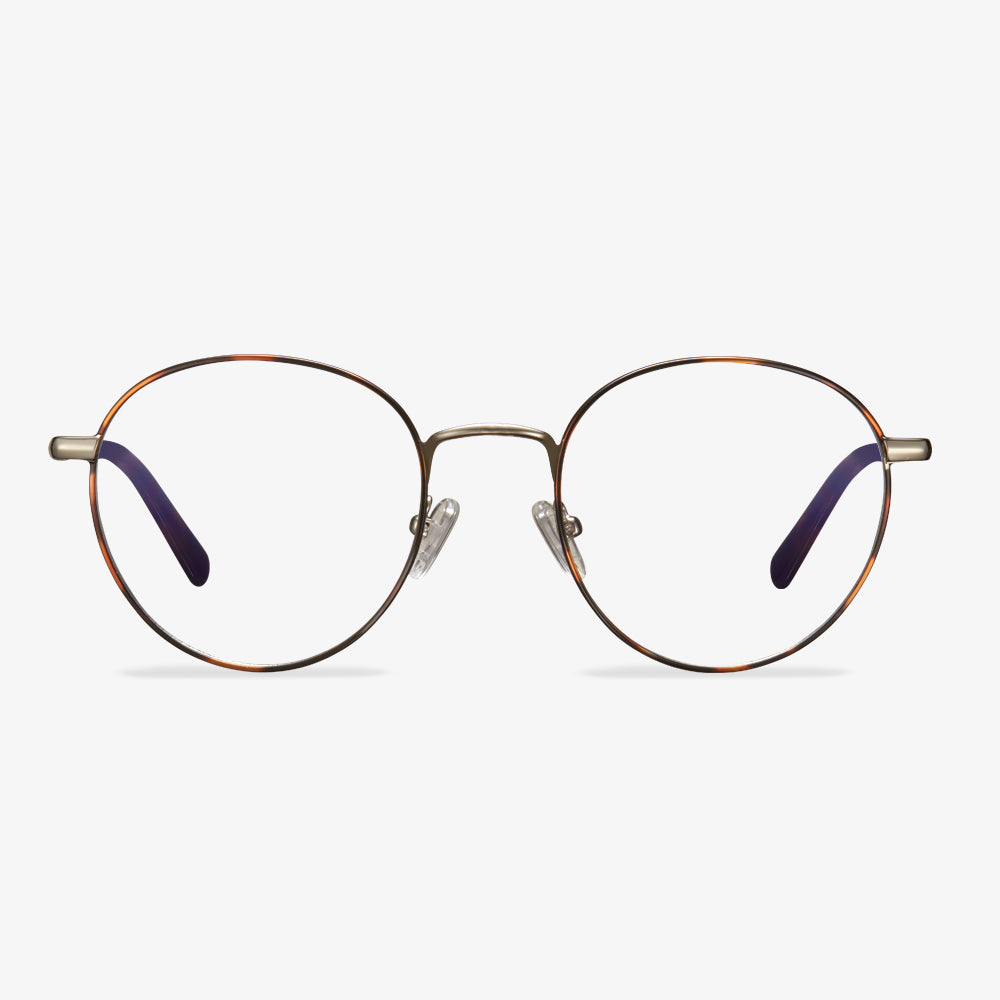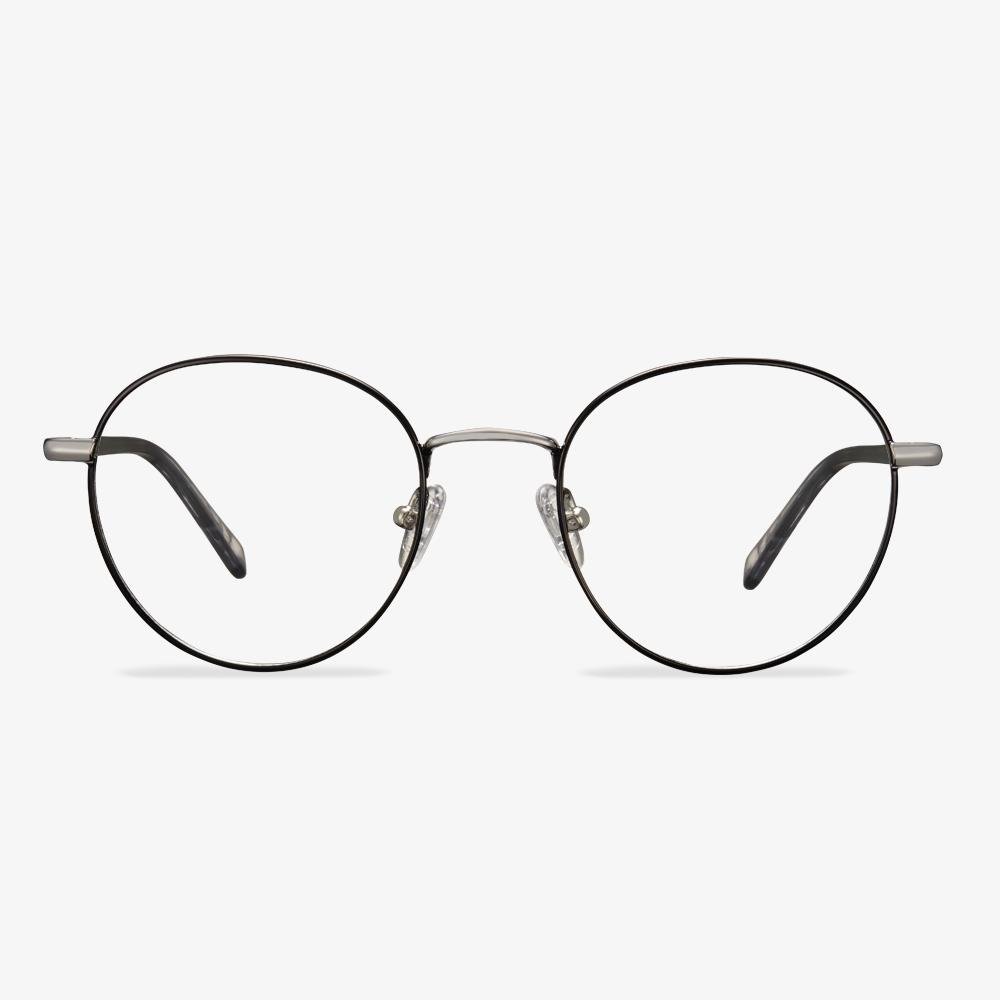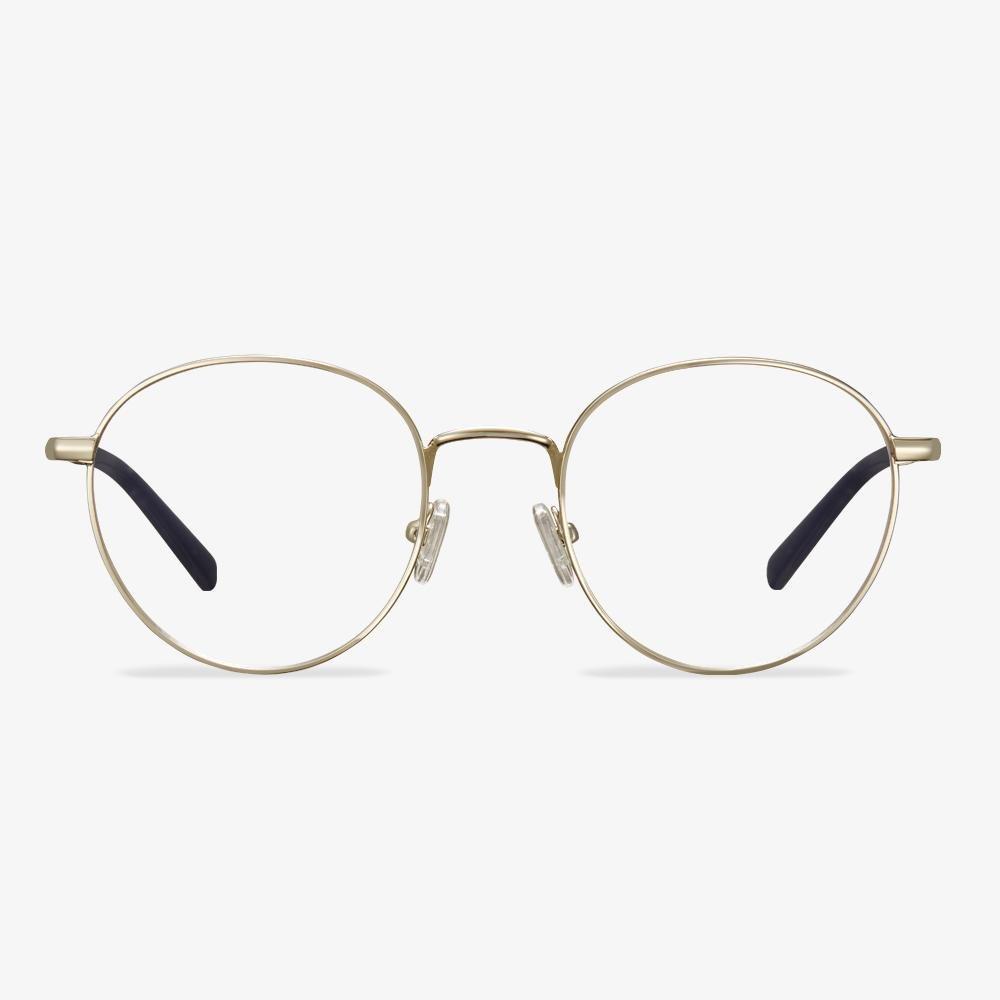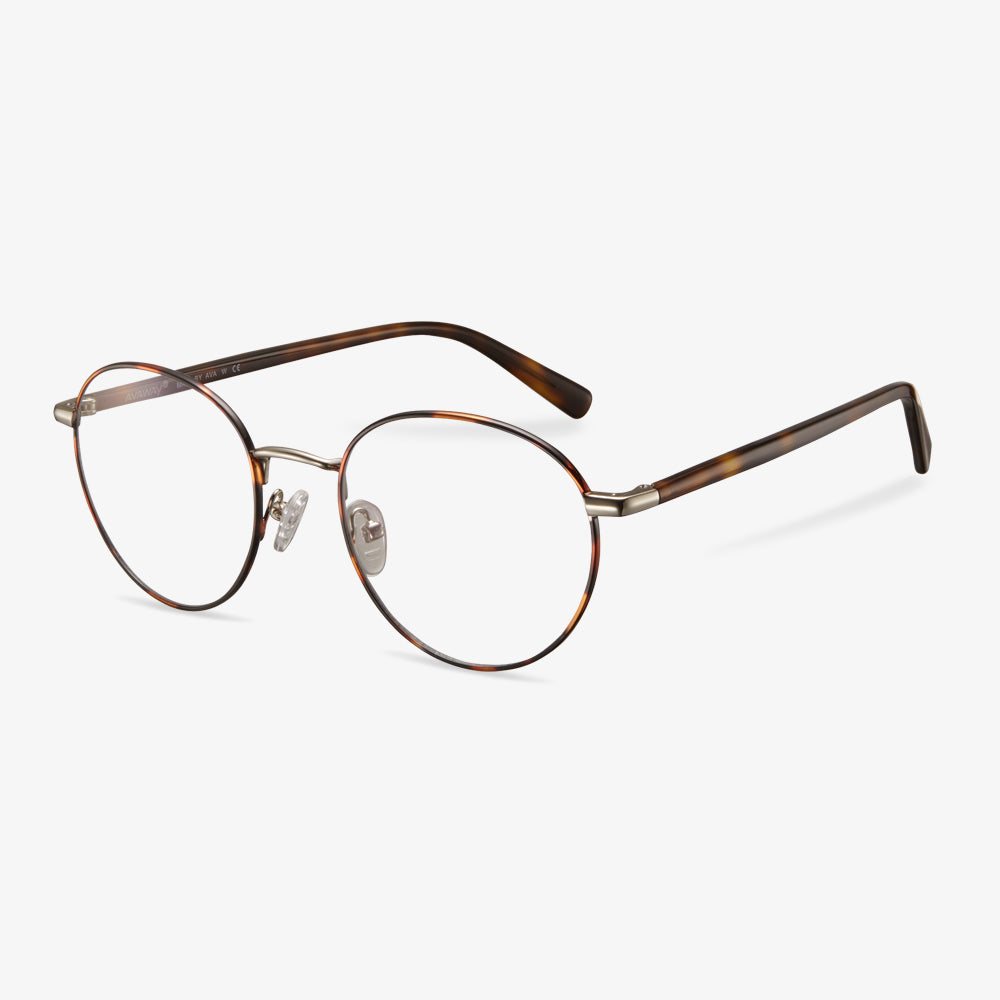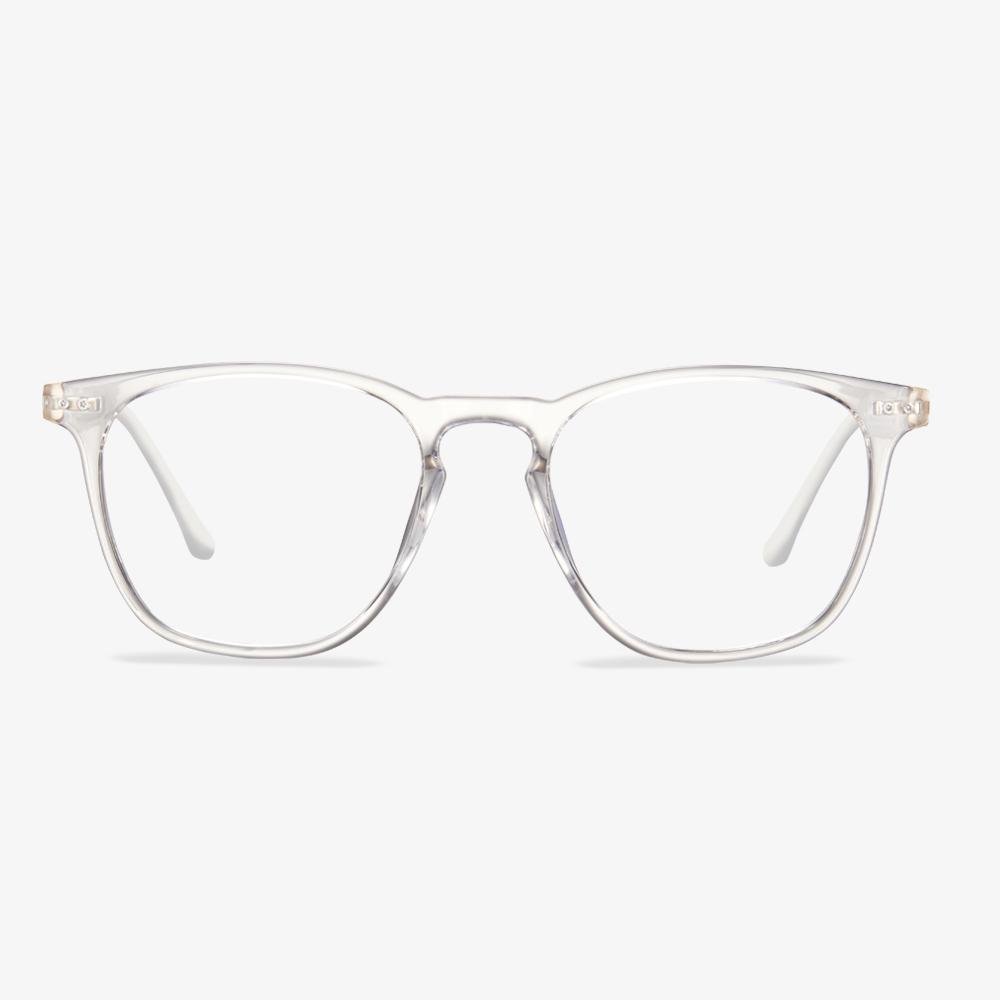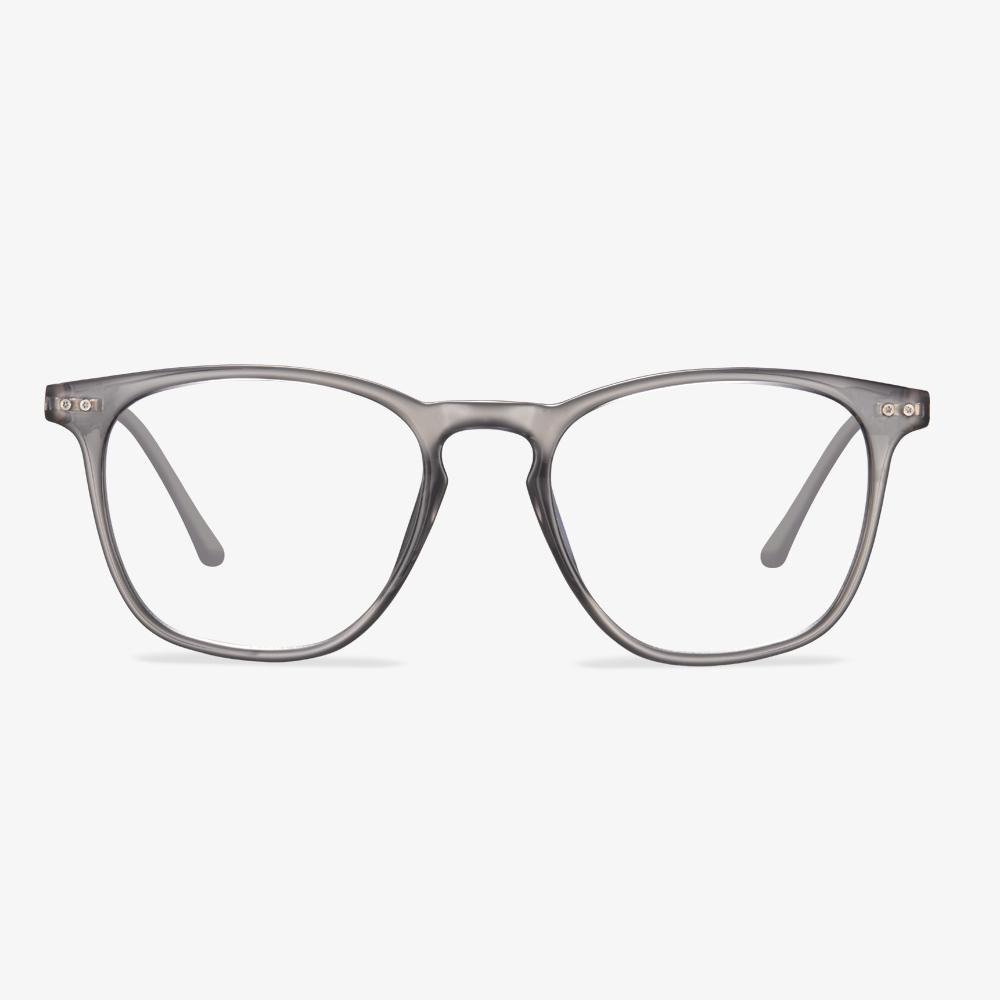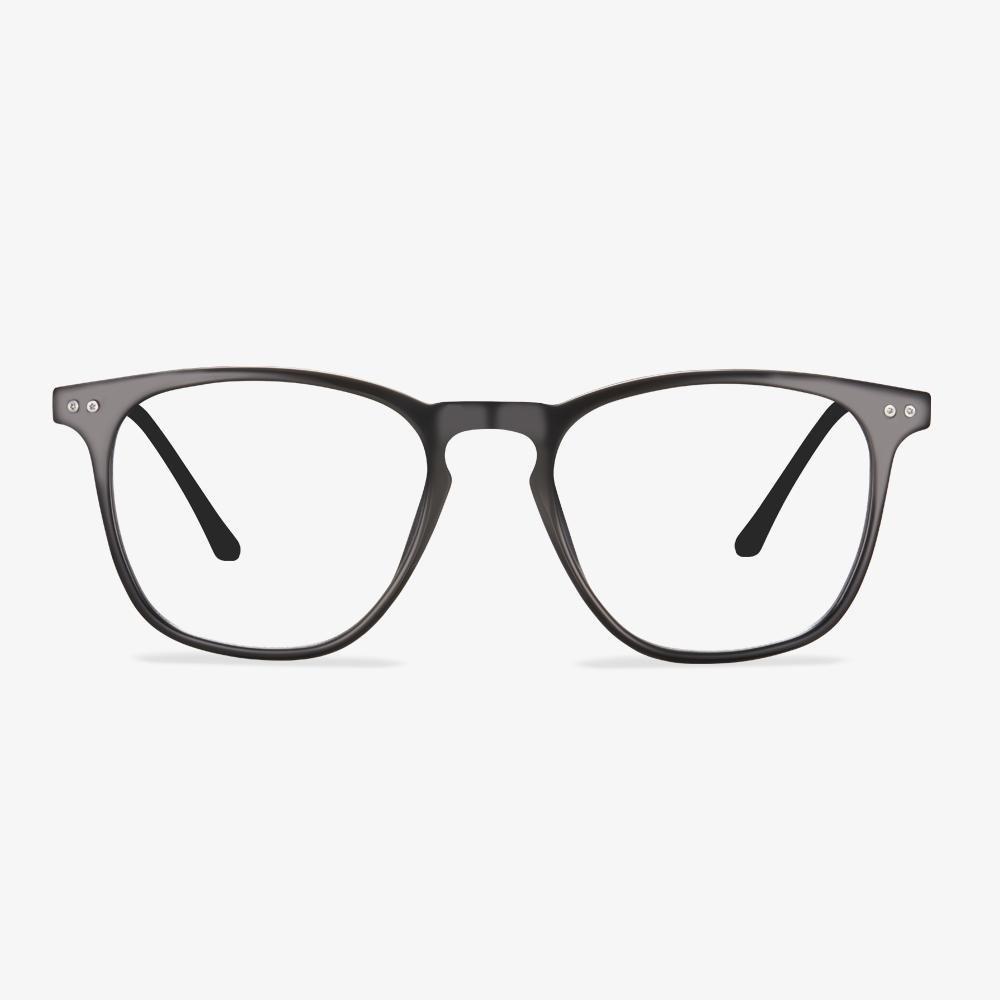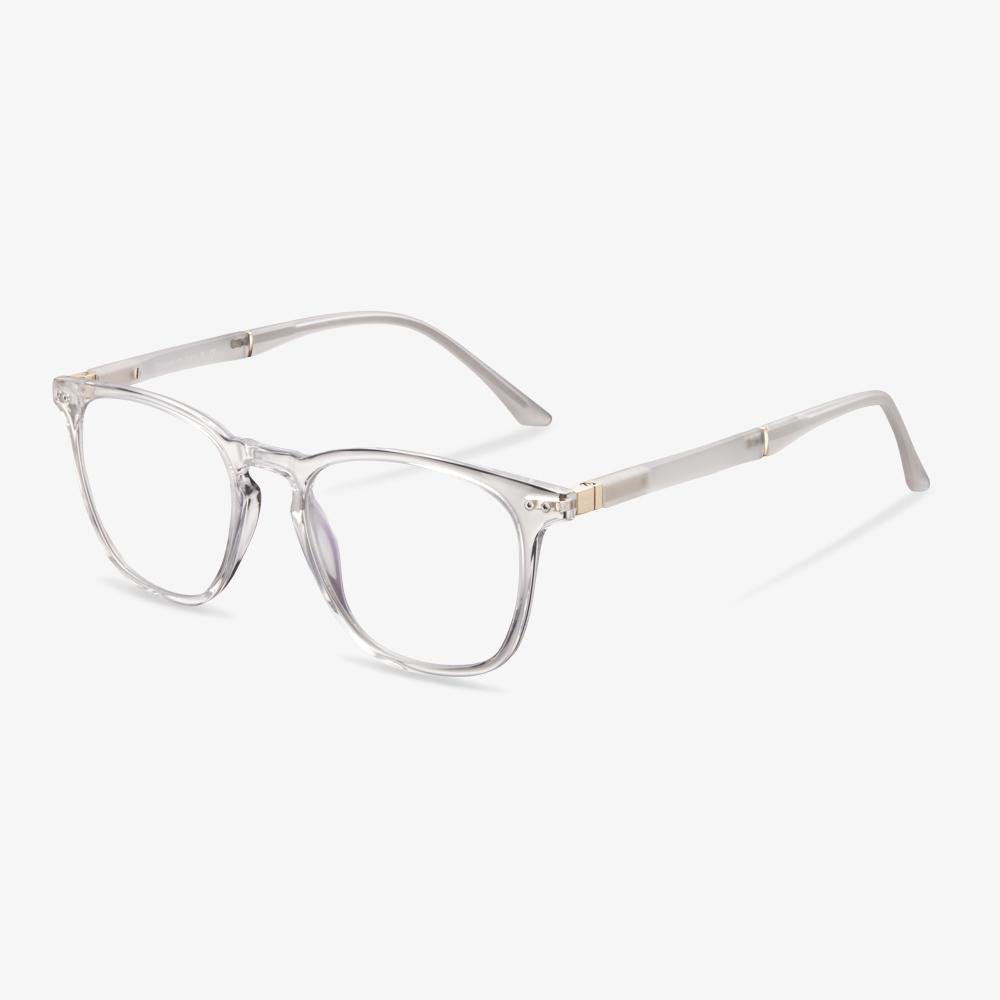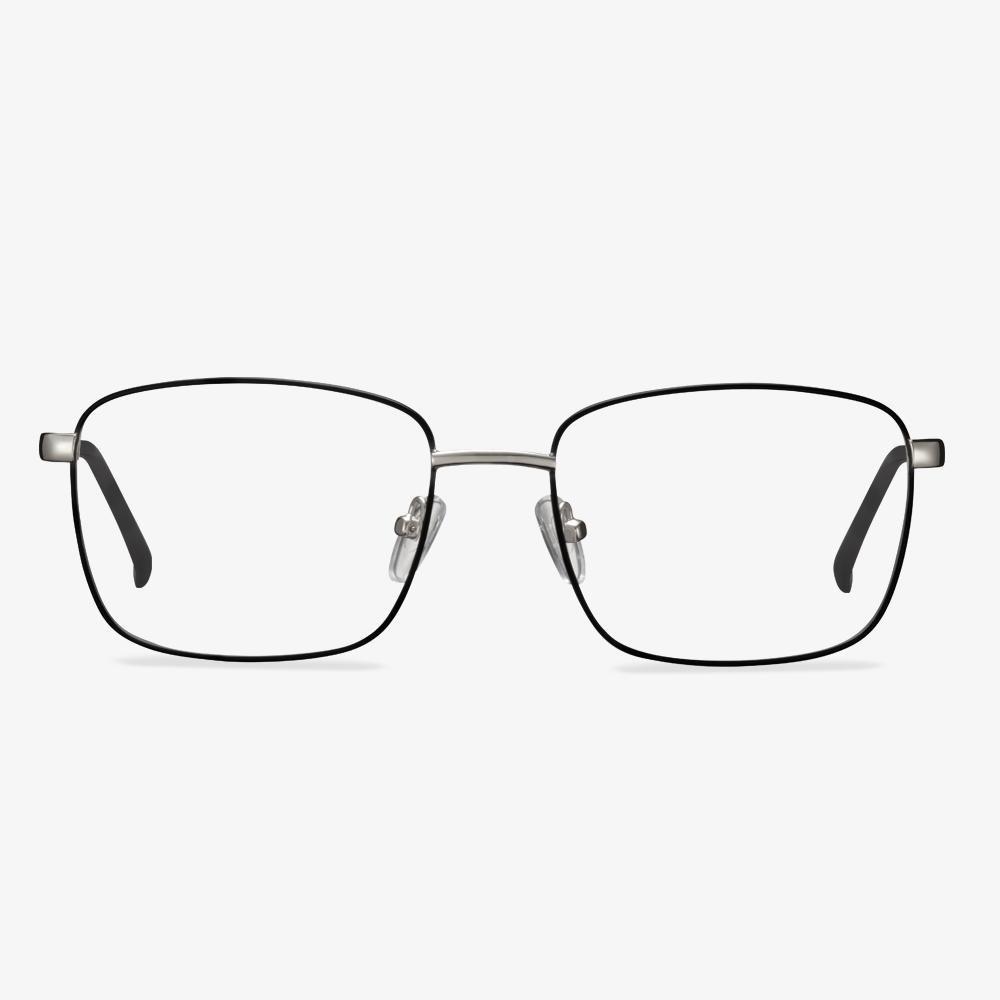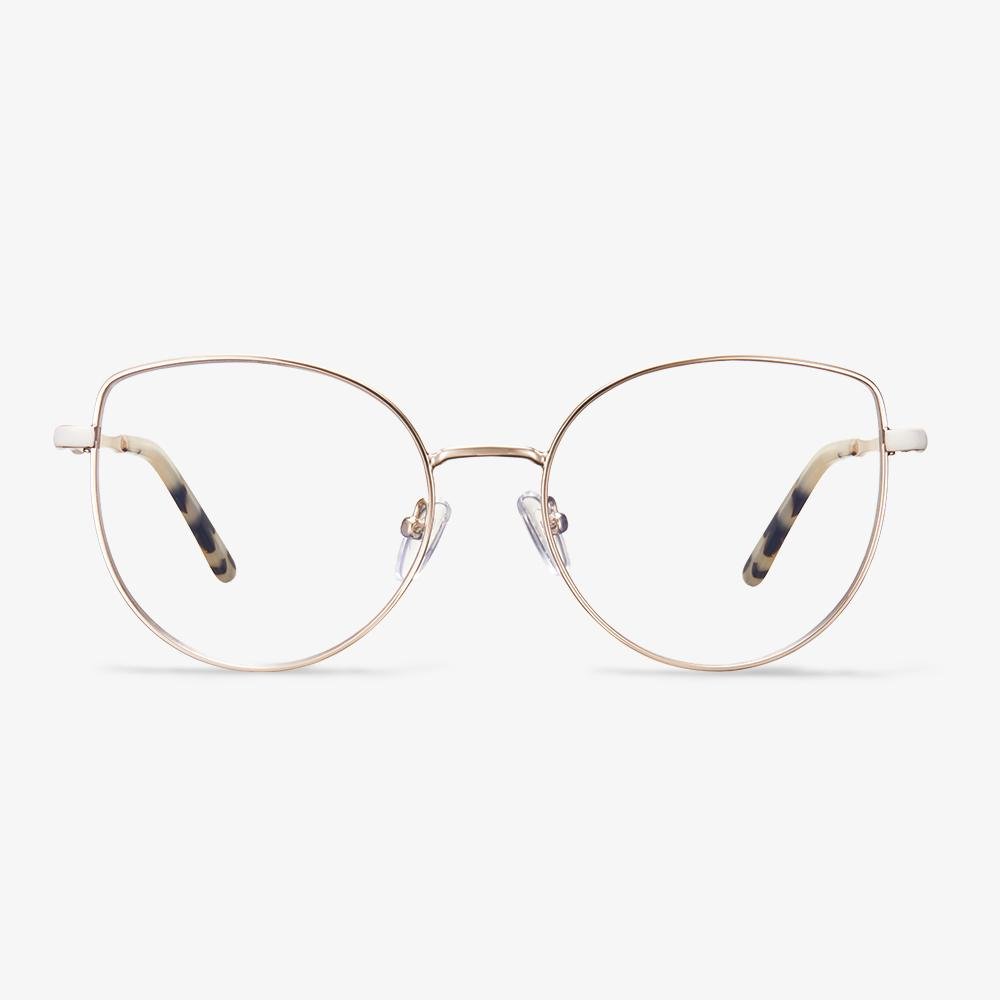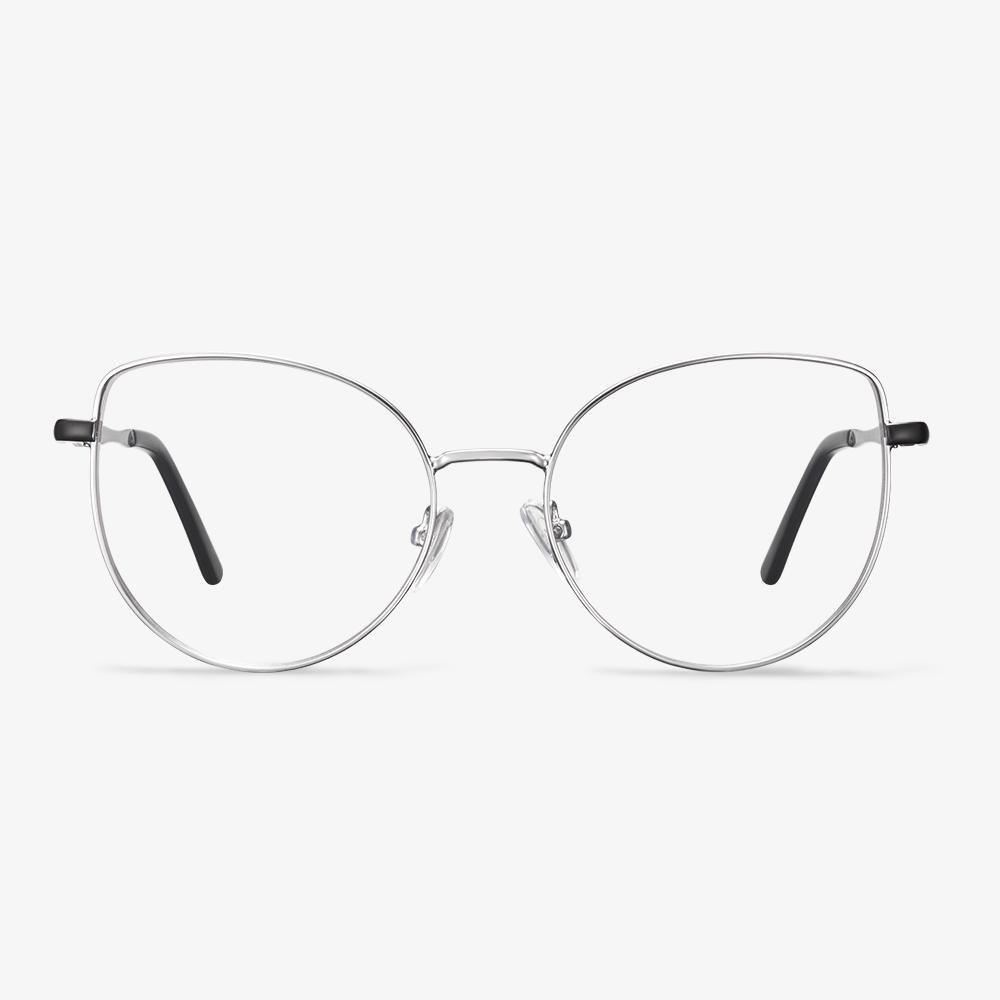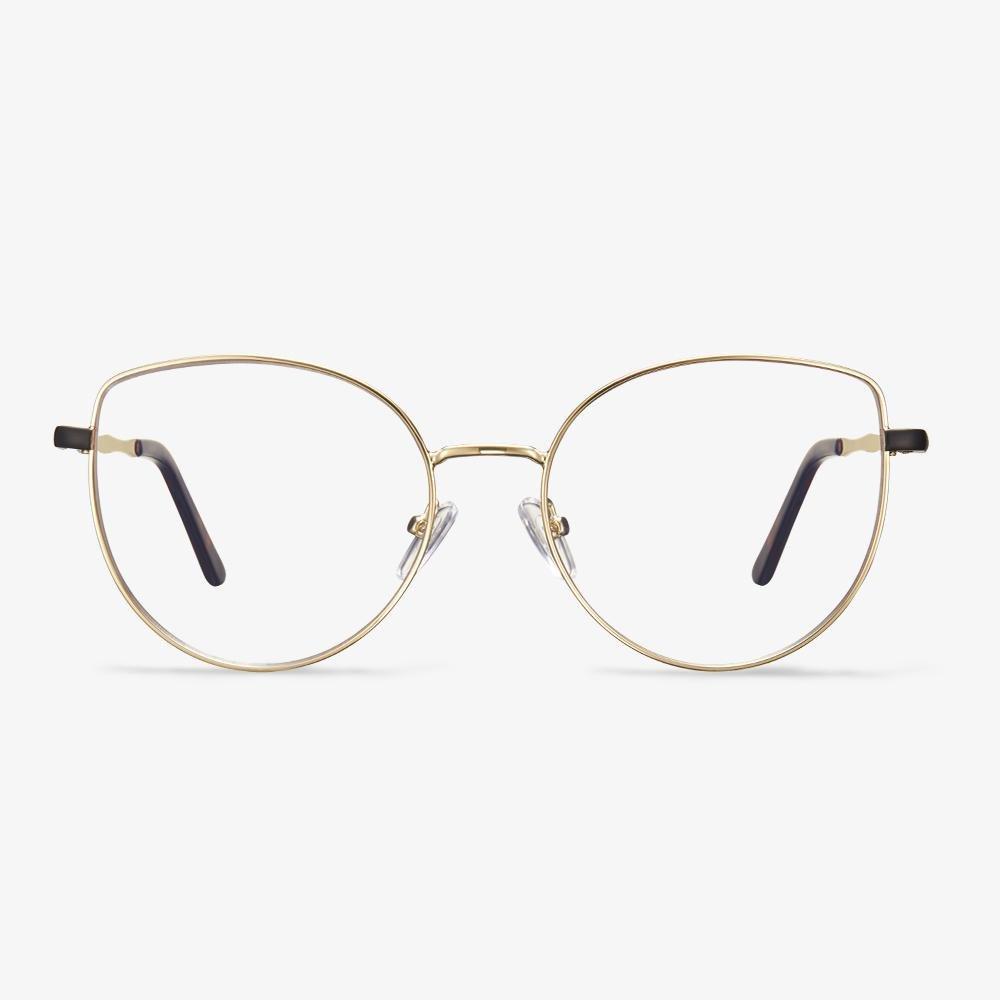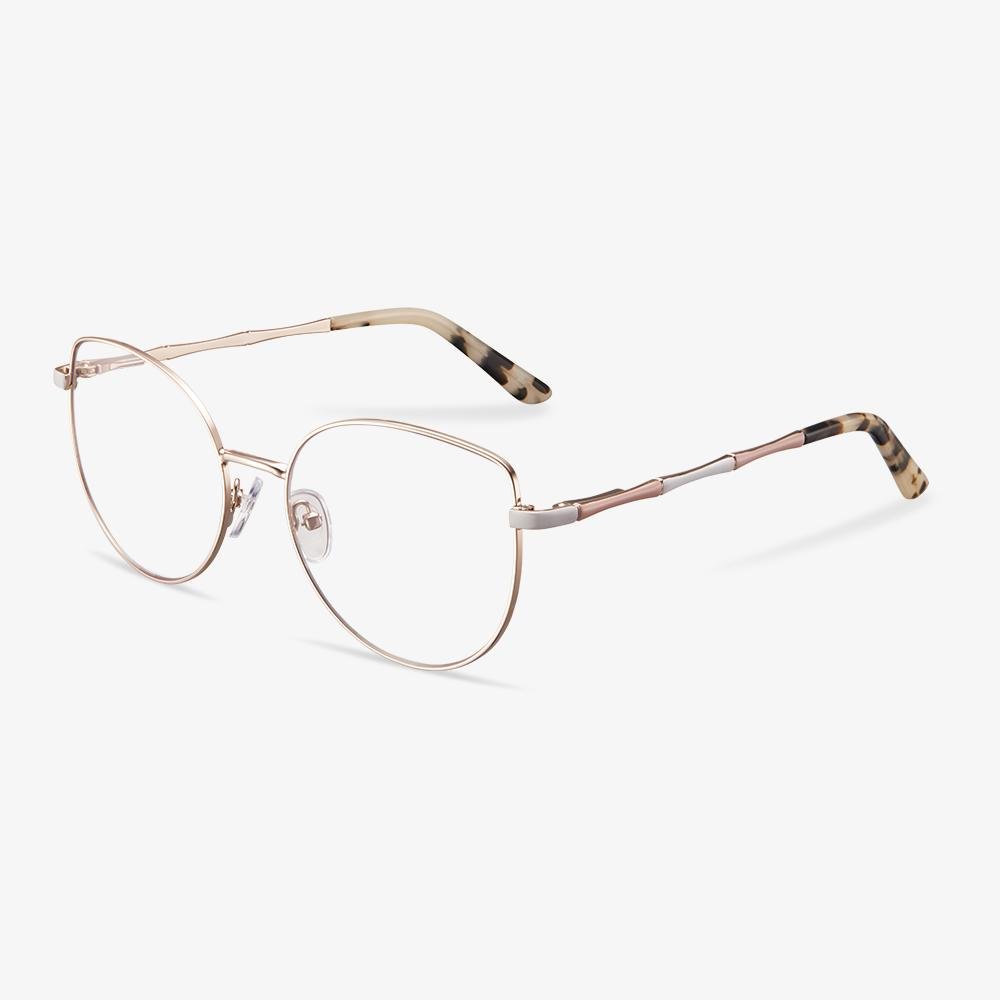Disadvantages of progressive lenses
Wearing progressive multifocal glasses for the first time may cause slight dizziness and shaking when walking. Be careful when moving up the stairs. The perception of space changes, the perception of the distance of the object, and the perception of depth have changed. New wearers should not drive immediately and do vigorous exercise. When you look close, you need to turn your eyes down, and your eyes are mildly uncomfortable. Seeing the object through the blurred vision area around the lens, the object becomes blurred. Therefore, when new wearers look at things, turn their heads more, turn their eyes less, try to use the far-distance zone, the near-distance zone, and the middle-distance zone to see the object.
Semi-rimless glasses are easier to clean and maintain
Semi-rimless glasses usually have only half of the glass frame. We tend to wipe our glasses in one direction, but we all know that the glasses are all wrapped up. So when some small particles appear on our glasses, these things can not be wiped out by the glasses cloth, and it is easy to scratch the lens. This is one of the drawbacks of full-frame glasses.
Benefits of Progressive Lenses
Progressive lenses are different from traditional reading glasses and bifocal glasses in that bifocal reading glasses have to constantly change the focal length, causing fatigue. And there is no clear dividing line between the two focal lengths. They are more comfortable, more beautiful. When you see far or see near, a pair of glasses can be done, so they become the best choice for old people little by little.
Progressive lenses allow multiple fields of view to be merged into a single lens with no discernible difference between the fields themselves. Degrees of the lens vary gradually from far to medium to your full reading. This is why progressive lenses are often regarded as no-line bifocals or trifocal points.
KOALAEYE blue light glasses
We take classes online, telecommute and shop online... Cloud life has become the norm for people to work and relax. While it adds convenience, it helps increase the time spent staring at electronic screens, which increases the risk of eye health damage. The latest data shows that mobile Internet users spend 144.8 hours a month on average. Blue-light-blocking glasses are becoming more and more popular. Advertisements for these glasses claim that excessive exposure to blue light can cause a series of eye problems, like eye dryness, eye fatigue, and, in severe cases, loss of vision. In order to protect your eyesight, there is a kind of blue light shielding glasses on the market, claiming to protect against computer radiation and blue light. So what can you choose to prevent blue light glasses?
The material of KOALAEYE blue light glasses has the benefits of ultra-lightweight design, wear resistance, and low friction coefficient. KOALAEYE blue light blockers (with yellow tints) are effective at blocking 100% of the harmful UV rays and relieving eye strain, especially when watching TV and computer. They always pay attention to the quality of their products.
How to Get Used to Progressive Lenses?
How to adjust to a pair of new glasses? How long does it take to adjust to a new pair of glasses? In general, there are several ways for adjusting to progressive lenses. In this section, we will show you some of them.
- Put on your new progressive glasses in the morning and wear them for at least one hour or two. The next morning, try a few more hours. Develop your tolerance to adjust to them.
- When you walk, look straight ahead, not down at your feet. And, point your nose in the direction you want to look, not just looking left or right with your eyes.
- Don’t switch between your new pair and the old one frequently.
- Make sure your progressive glasses fit properly and don’t slide down your nose.
- When you read, don’t move your eyes or head. Move the page or paper instead.
- Set your computer screen below eye level. You can achieve that by adjusting your desk or chair.
Difference Between Driving Glasses And Night Vision Goggles
The special effect of polarized glasses is to eliminate and filter the scattered light in the beam of light effectively so that the light can be put into the visual image of glasses with the right track, and the field of vision is clear and natural. The effect of night vision goggles is that they allow the wearer to observe the surroundings at night without being affected by light. For example, aviation accidents can be greatly reduced through the use of navigation winches equipped with forward-looking infrared cameras on aircraft and by requiring pilots to wear goggles fitted with night vision goggles.
Glasses Size - Frame Width
To really know how big a frame is, and how it will look on your face, you have to determine the width of the entire frame. The outer width of the frame is the distance between the visible areas on the left and right sides of the frame, namely, the distance between the frame and the junction of the two temples. The inner width of the frame is the distance between the inner sides of the two temples at 60mm behind the plane of the lens. This is just the contact point between the temple and the human temple. If it is too tight or too loose, it will affect the wearing comfort. The weight of the frame is evenly distributed across the bridge of the nose (or evenly distributed between the two nose pads on the bridge of the nose).

